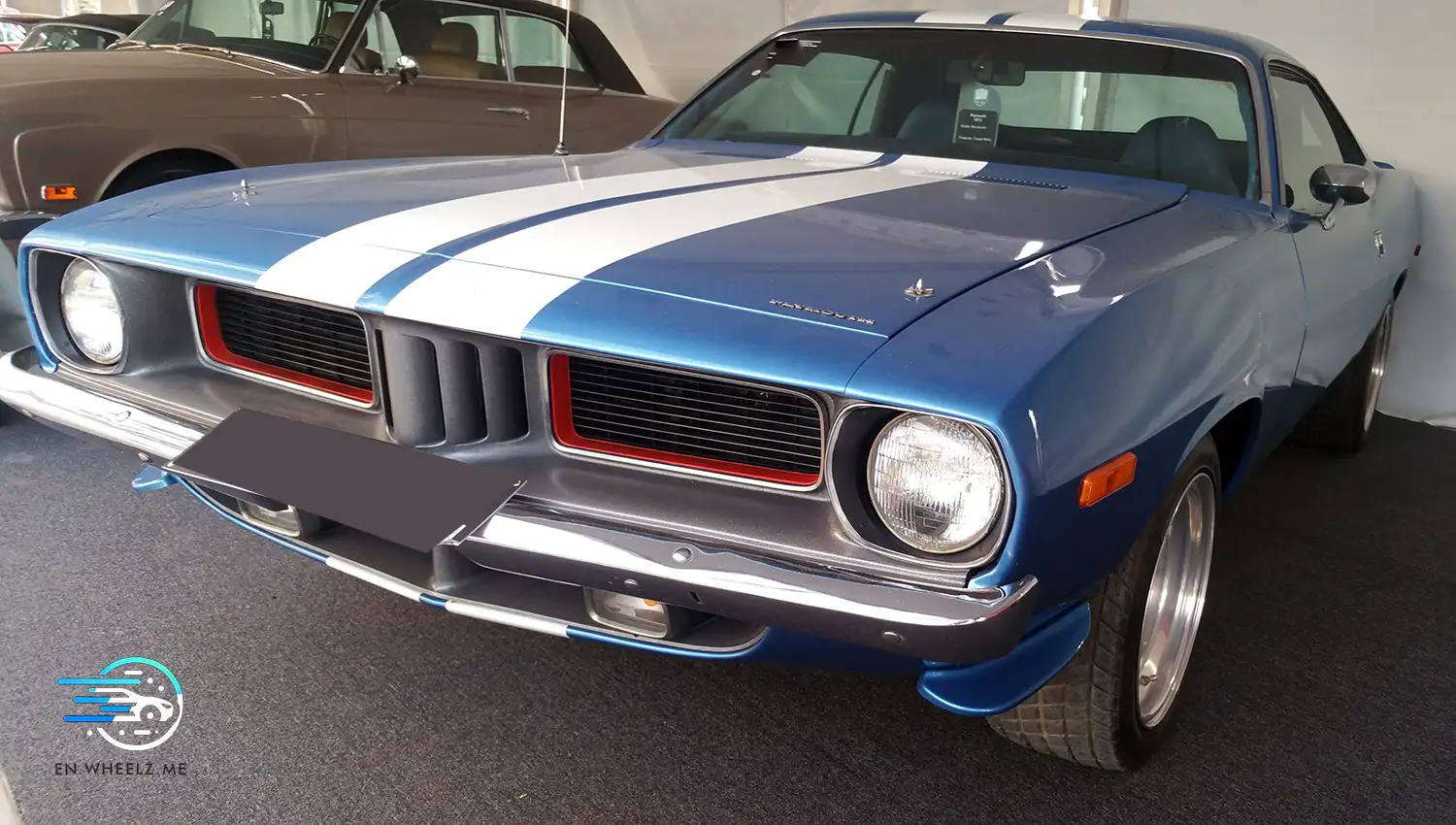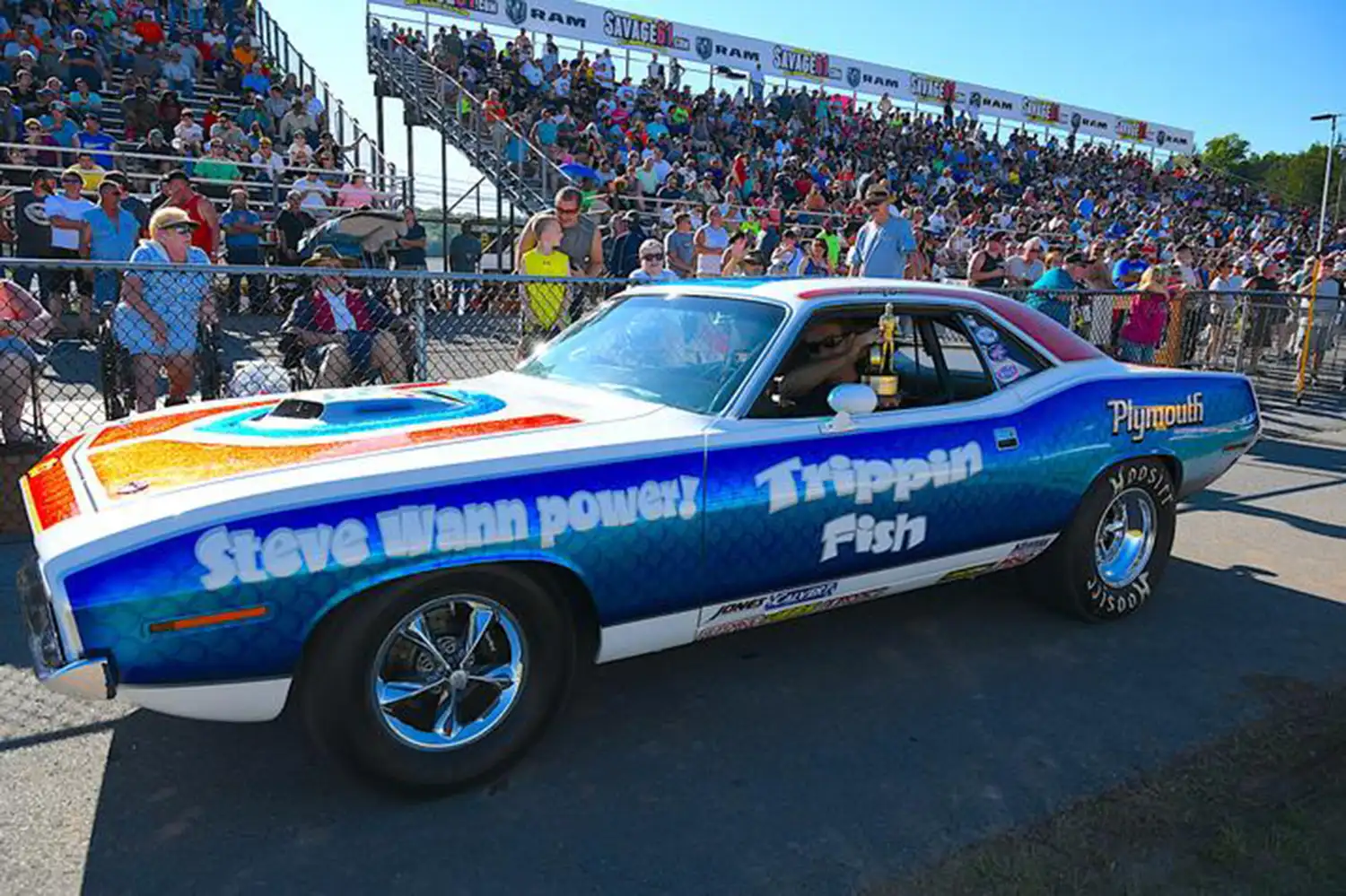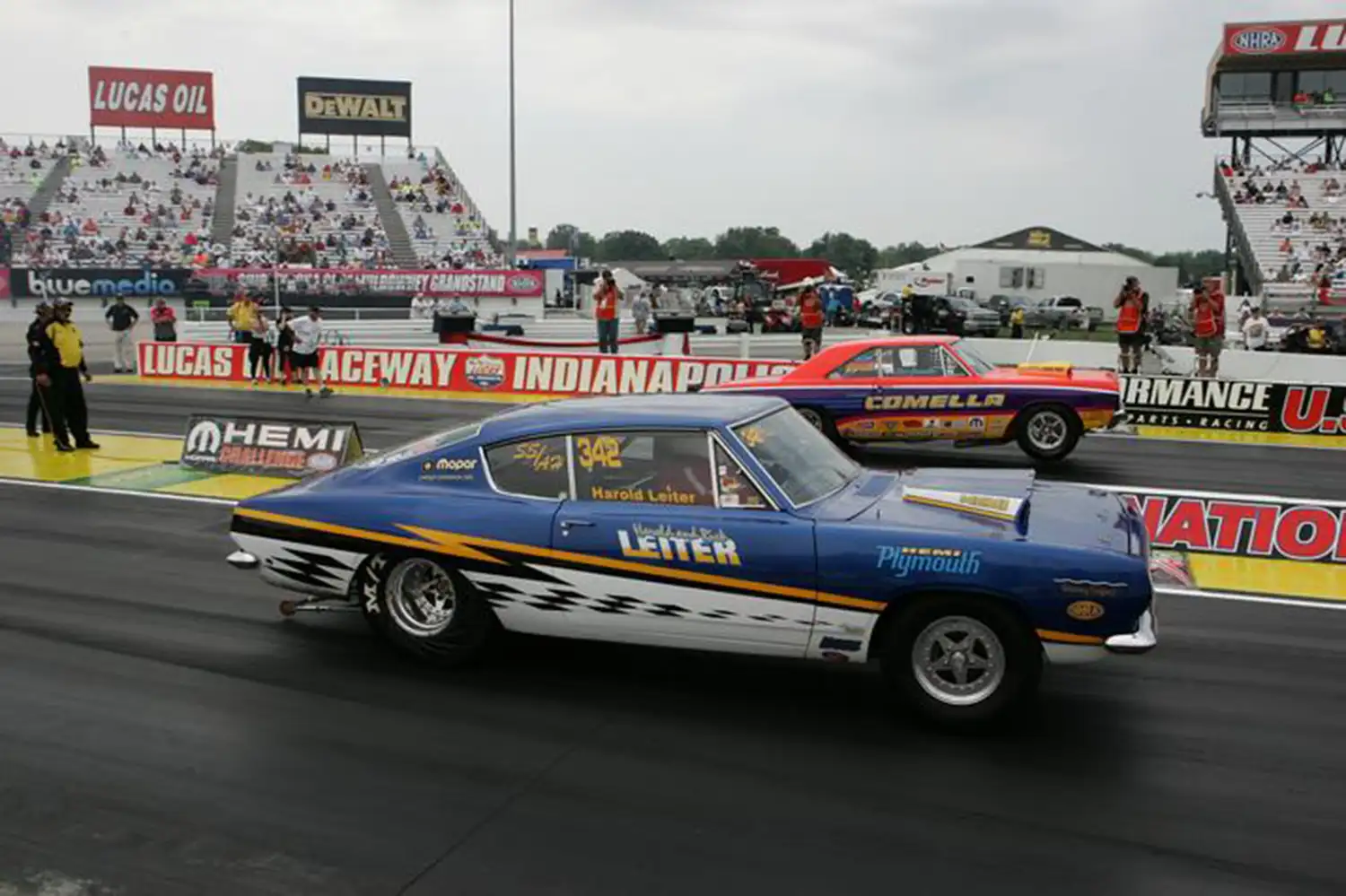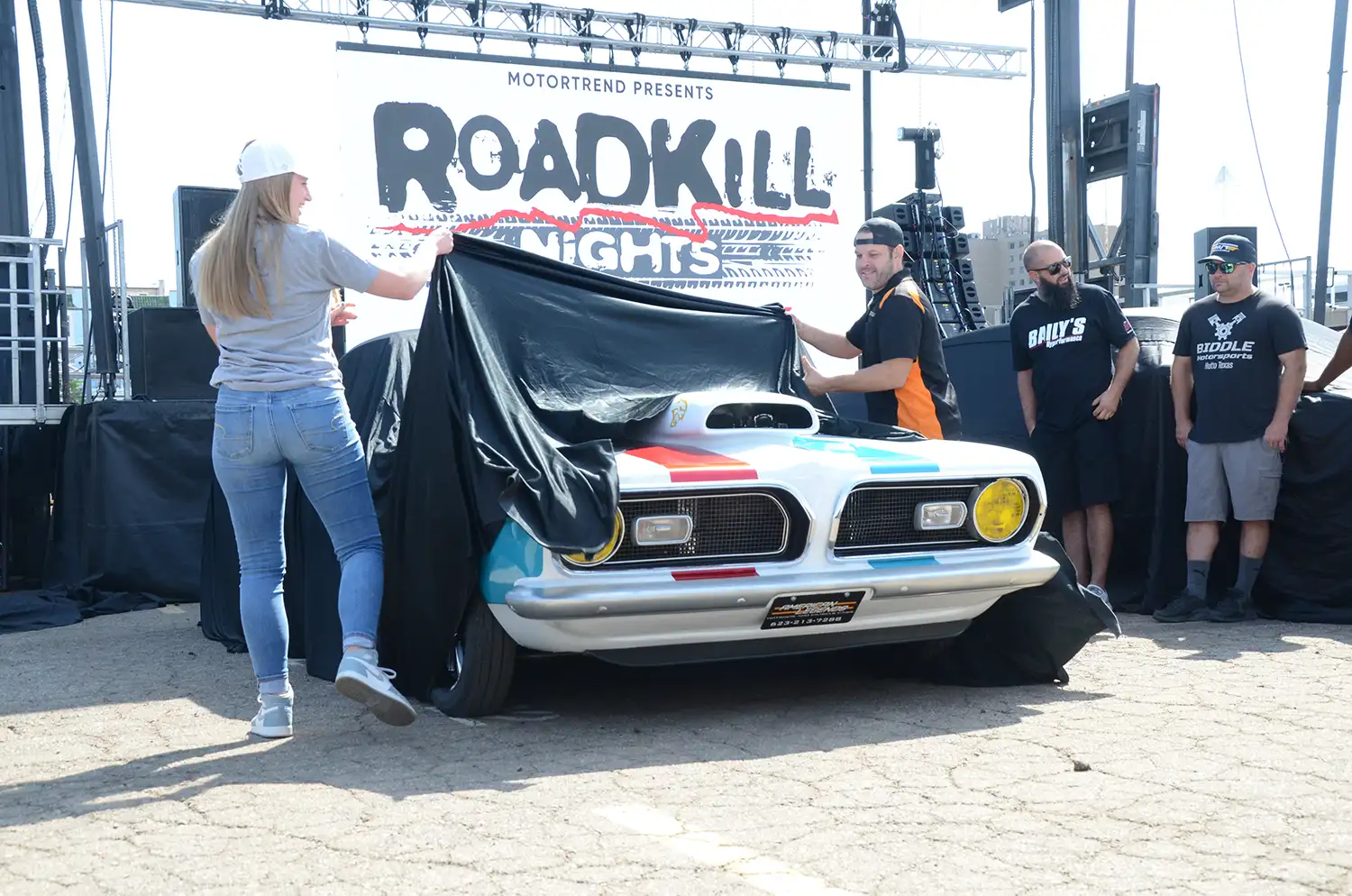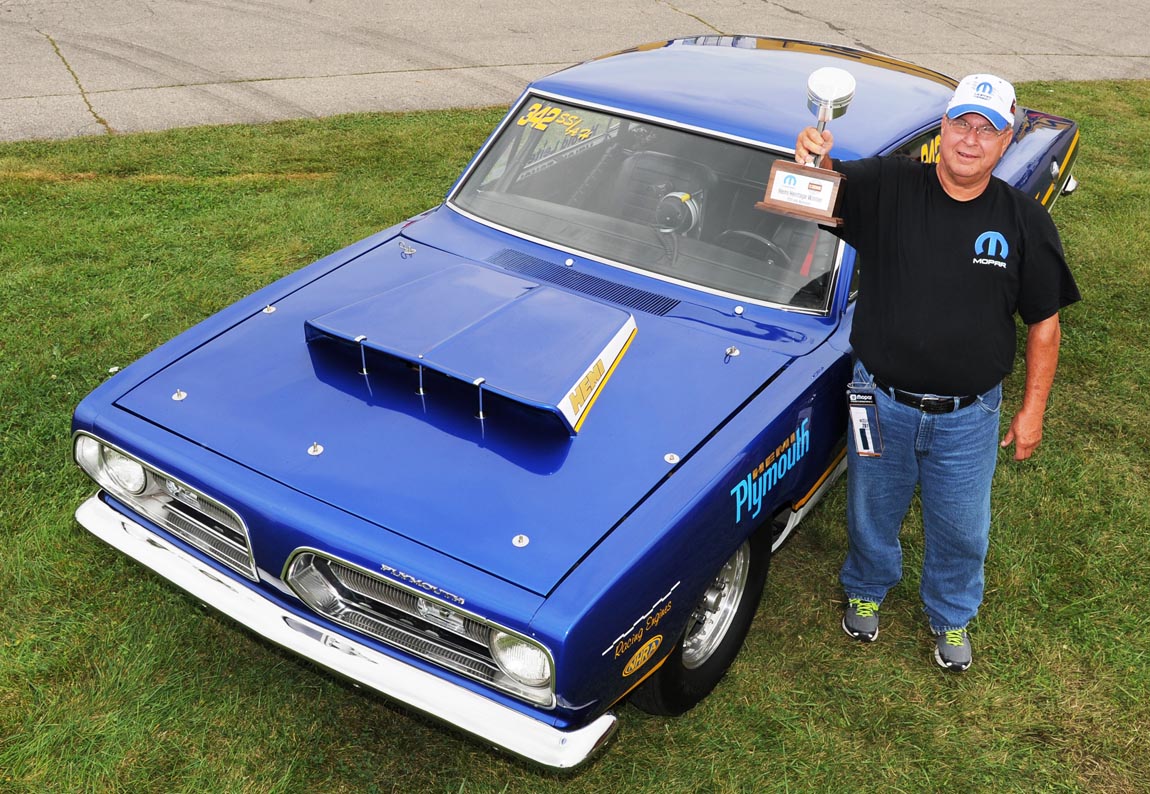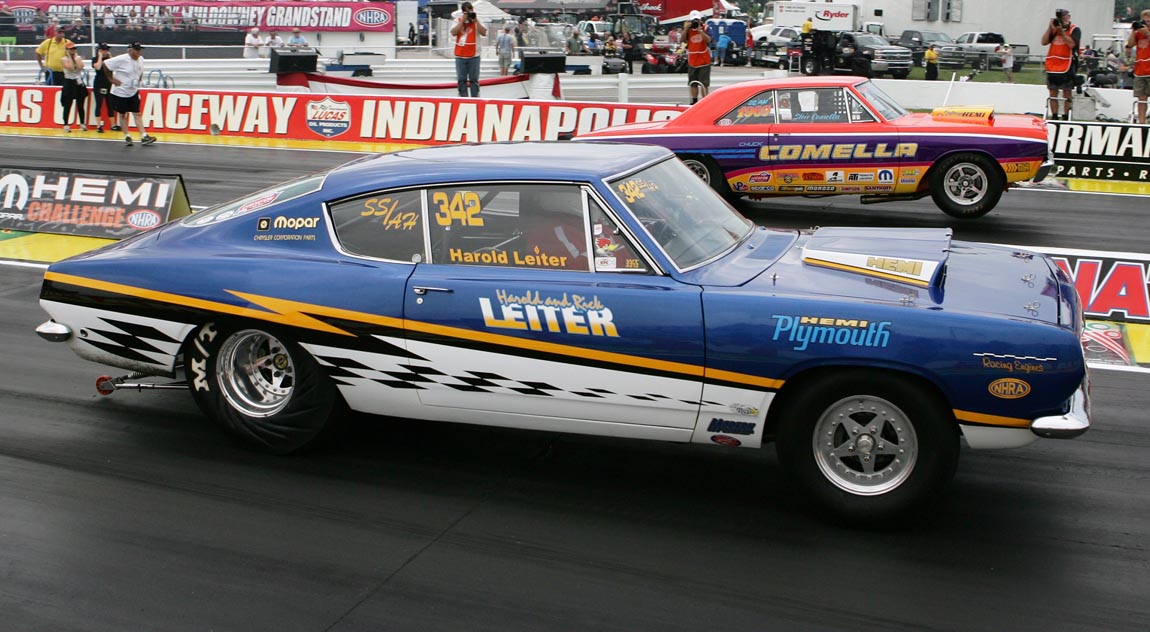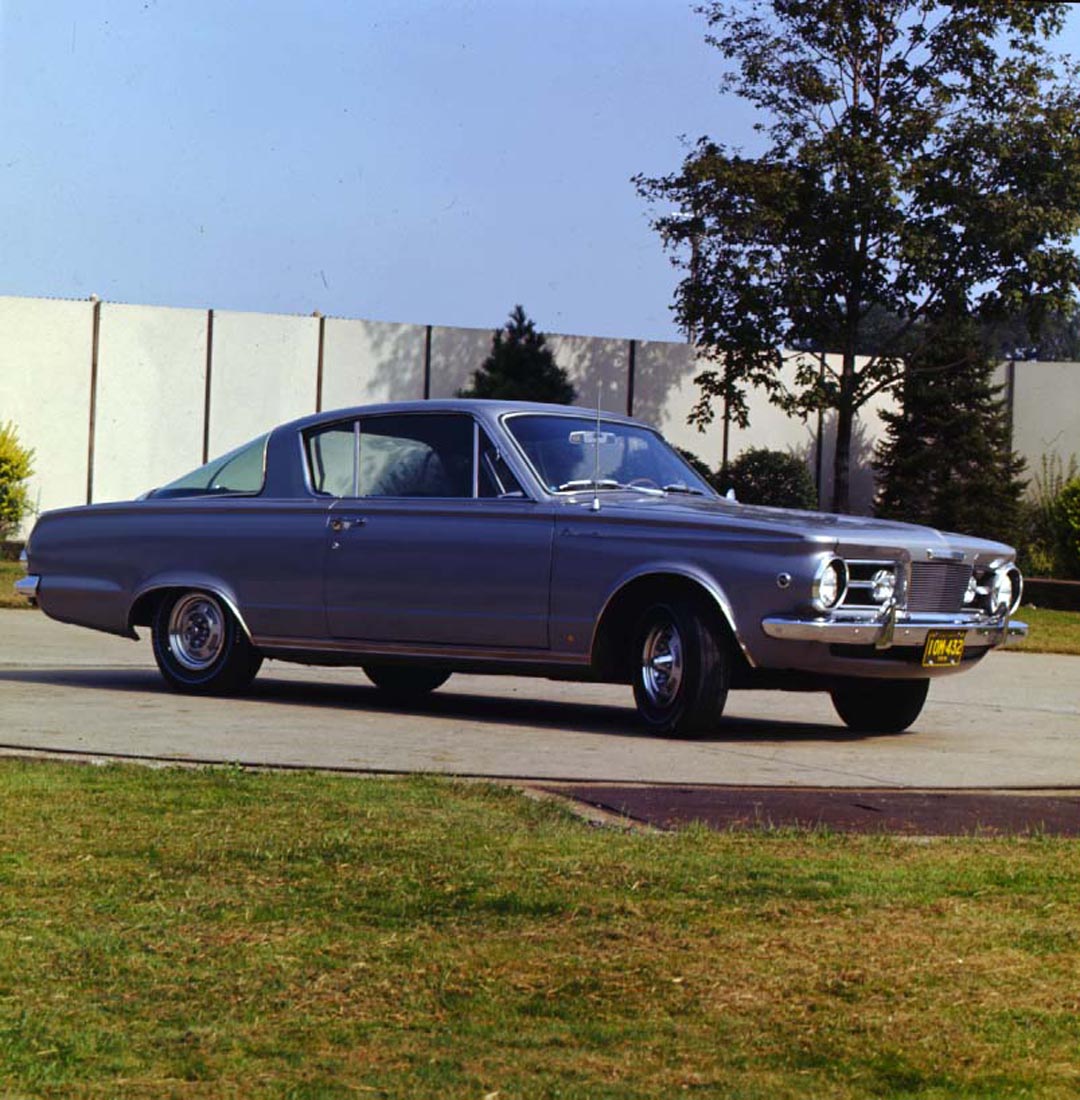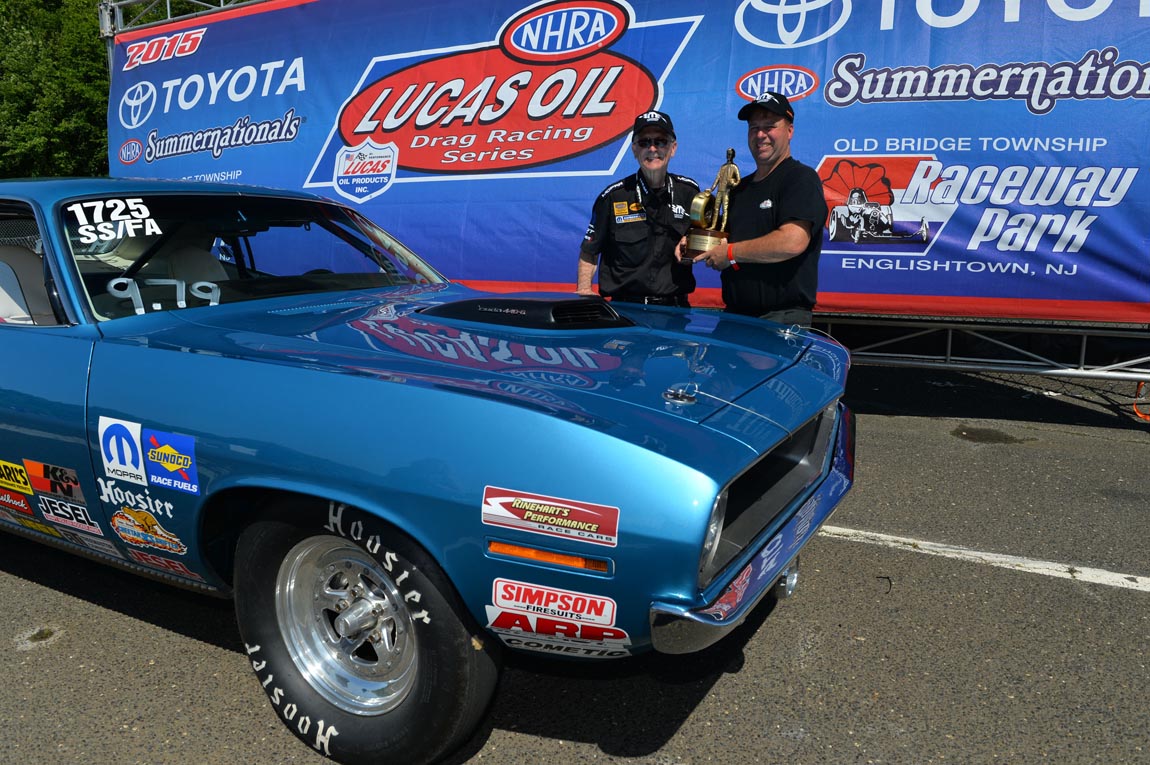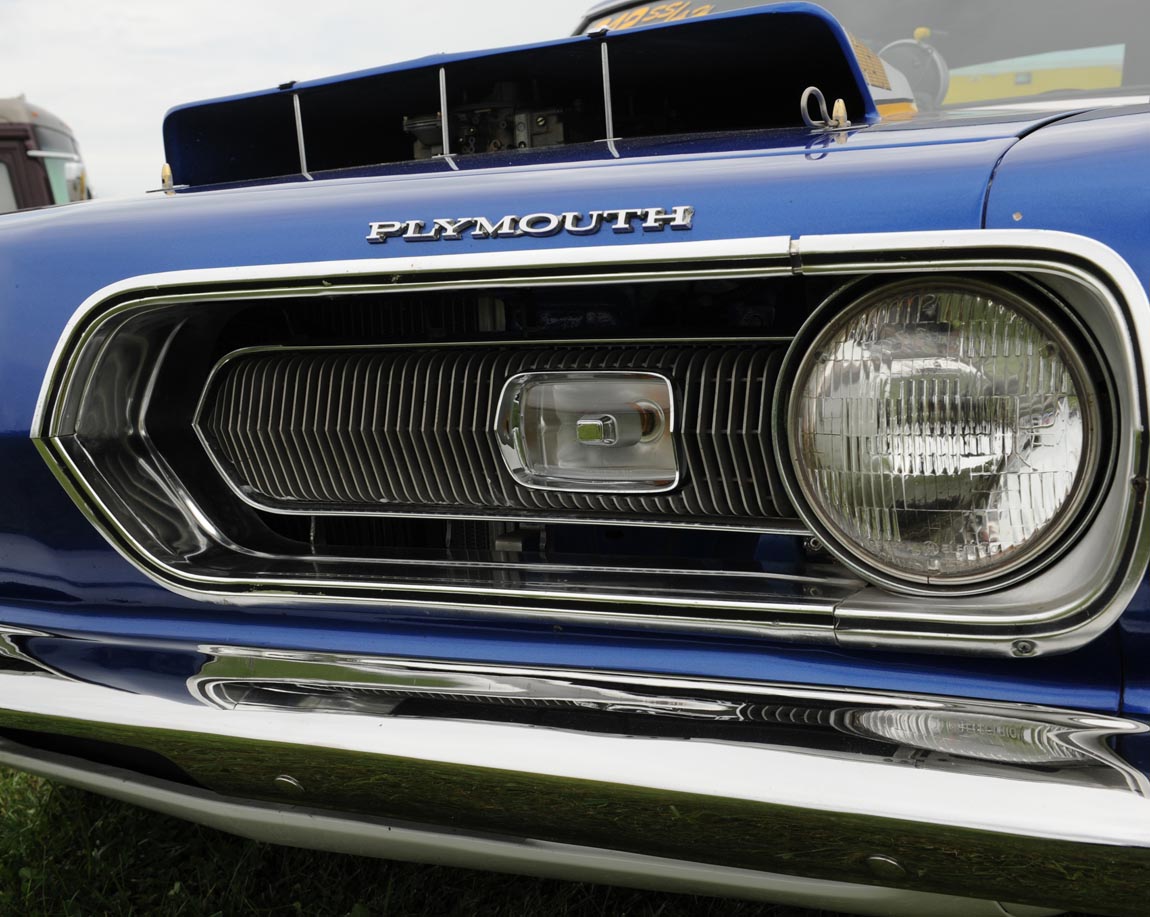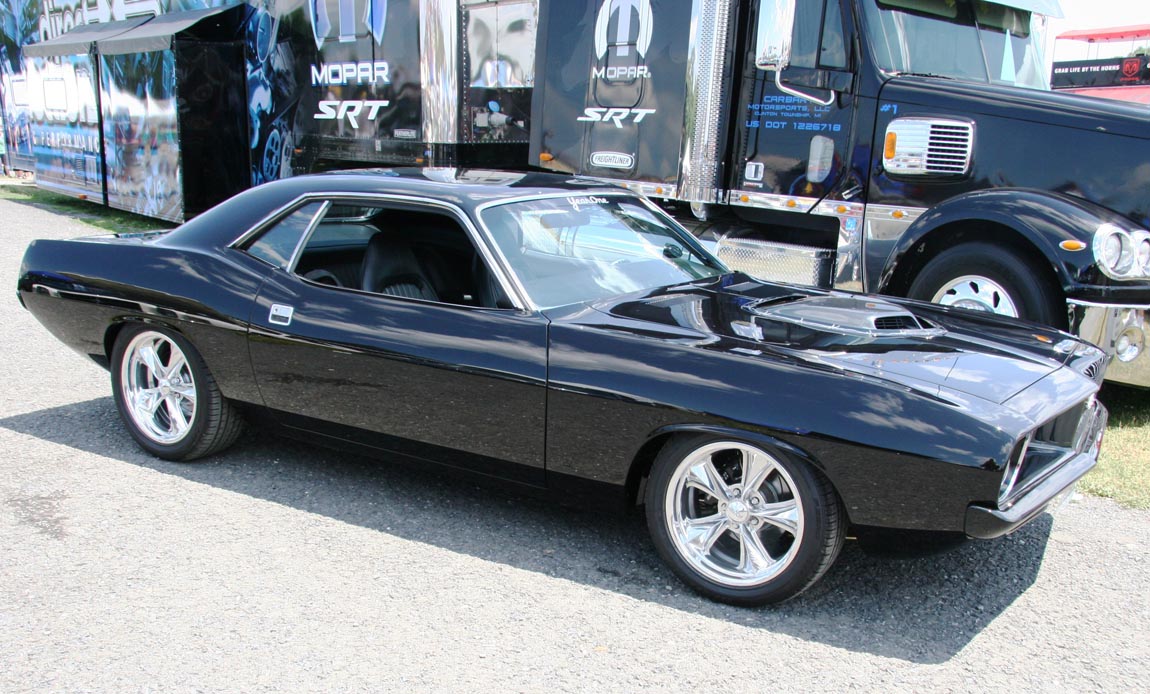
The Plymouth Barracuda, often referred to simply as the ‘Cuda, is a classic American muscle car that left an indelible mark on automotive history. From its inception in the 1960s to its evolution through various generations, the Barracuda has captured the hearts of enthusiasts with its distinctive style, potent performance, and enduring legacy. Let’s take a journey through the captivating history, notable variants, and impressive specifications of this iconic automobile.
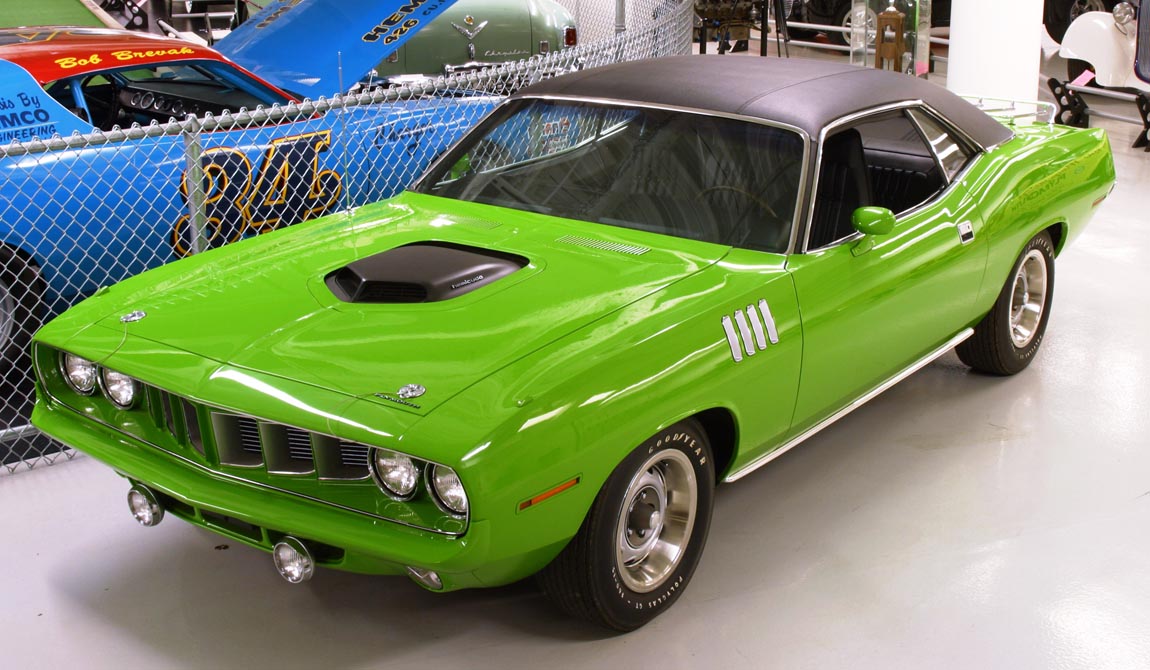
Origins and Early Years (1964-1966)
The Plymouth Barracuda made its debut in 1964 as a fastback version of the Plymouth Valiant, entering the burgeoning market of compact sporty cars. It was among the first of the “pony cars,” preceding even the Ford Mustang by a few weeks. Initially available only as a two-door coupe, the early Barracudas featured a sleek design with a distinctive wraparound rear window, earning them the nickname “fishbowl” among enthusiasts.
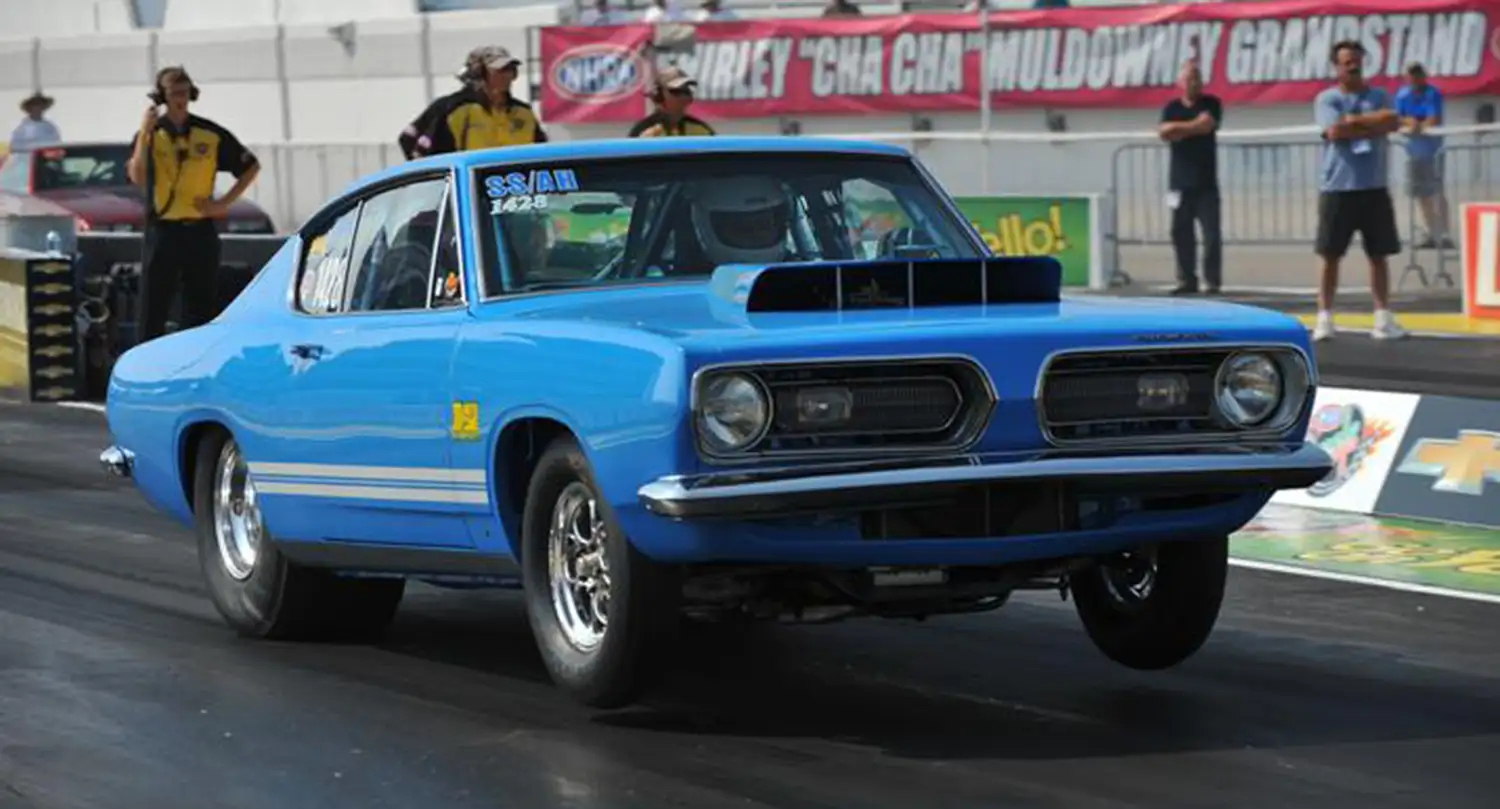
First Generation (1967-1969)
The Barracuda underwent a significant redesign in 1967, marking the beginning of its first official generation. The new model featured a more aggressive appearance with a longer hood and shorter rear deck. It offered a range of engine options, including the legendary 426 Hemi V8, cementing its reputation as a formidable performer on both the street and the track.
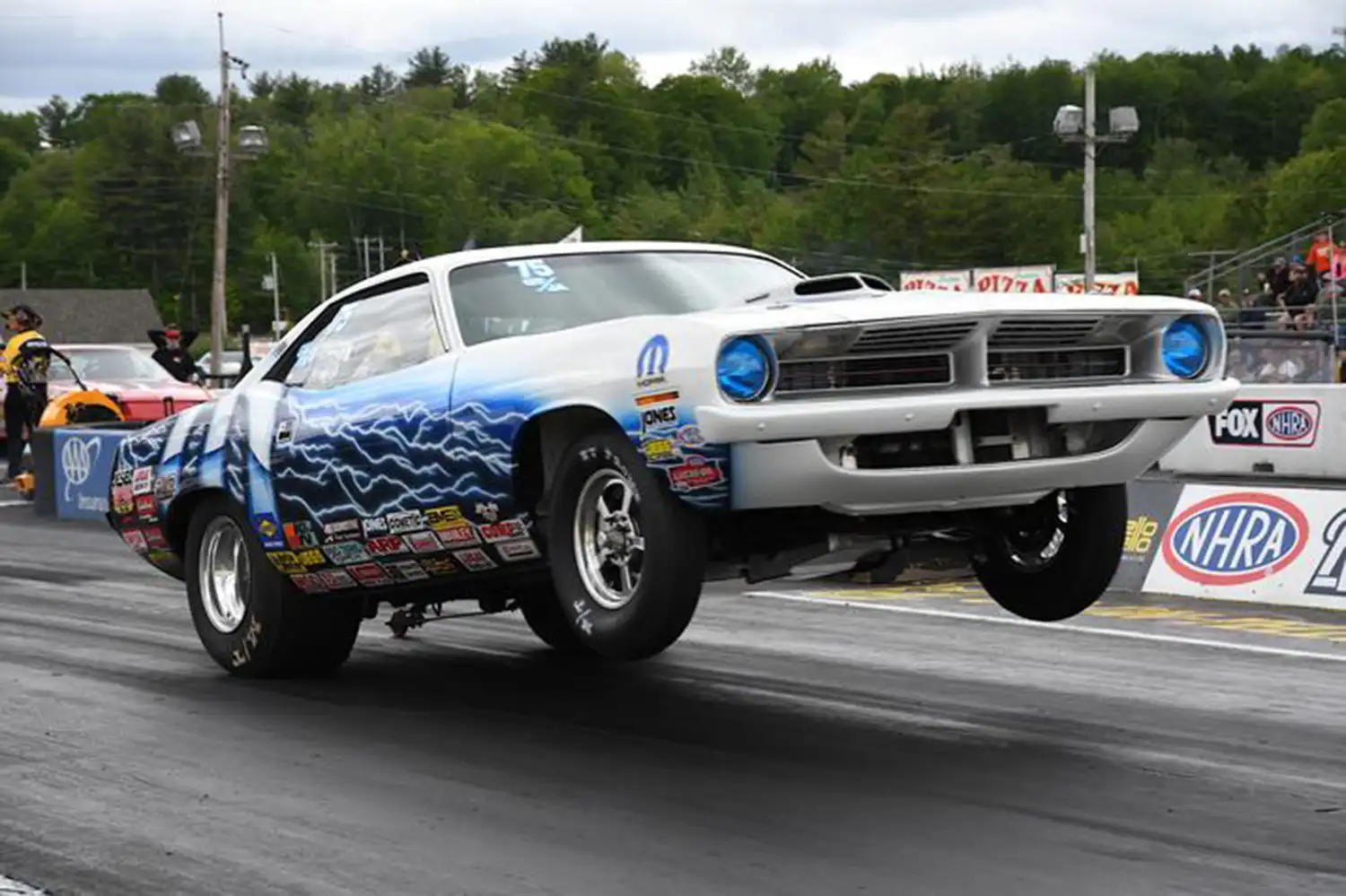
Second Generation (1970-1974)
The early 1970s saw the Barracuda undergo another redesign, transitioning to its second generation. This era is perhaps the most celebrated among enthusiasts, thanks in part to the introduction of the Barracuda’s most iconic variant, the ‘Cuda. With its bold styling, potent engines, and high-performance options like the 440 Six Pack and the legendary 426 Hemi, the ‘Cuda became synonymous with American muscle at its peak.
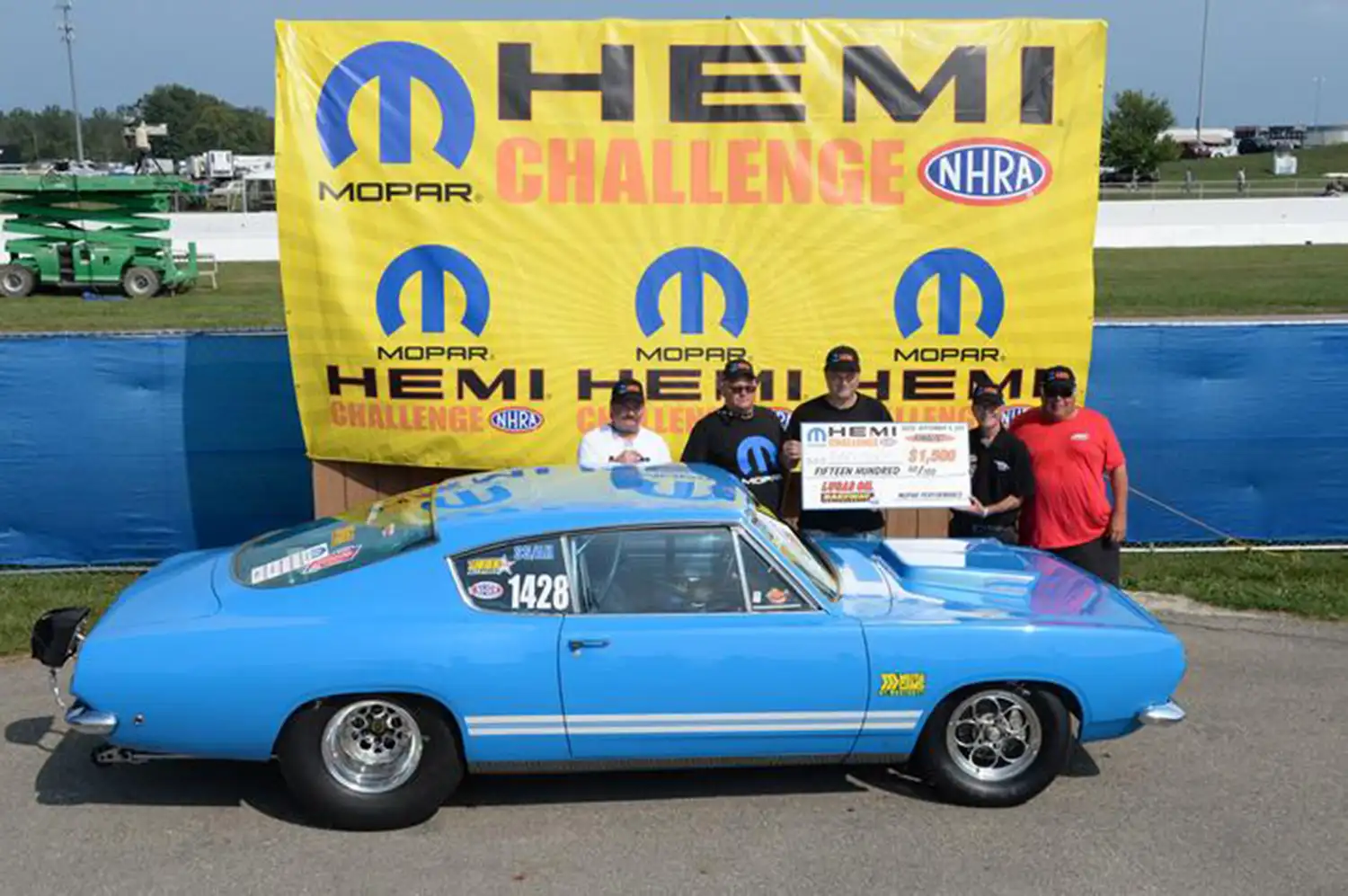
Notable Variants:
- Plymouth Hemi ‘Cuda: The pinnacle of Barracuda performance, equipped with the legendary 426 Hemi engine.
- Plymouth AAR ‘Cuda: A special edition introduced in 1970 to homologate the car for SCCA Trans-Am racing, featuring a distinctive hood scoop and other performance enhancements.
- Plymouth Barracuda Formula S: A performance-oriented trim level available throughout various generations, offering upgraded suspension and handling components.

Specifications and Performance
Throughout its production run, the Plymouth Barracuda offered a range of engine options to suit different preferences and budgets. These included inline-six and V8 engines, with power outputs ranging from modest to tire-shredding. Performance figures varied depending on the engine and configuration but could include impressive 0-60 mph times and quarter-mile runs, especially in the case of high-performance models like the ‘Cuda equipped with the potent Hemi powerplant.
- Plymouth Barracuda Formula S:
- Engine Options: V8 engines ranging from 273 cubic inches (4.5 L) to 383 cubic inches (6.3 L)
- Horsepower: Varied depending on engine, typically ranging from 180 to 330 hp
- Production Numbers: Approximately 9,100 units produced in 1969
- Plymouth Hemi ‘Cuda:
- Engine: 426 cubic inch (7.0 L) Hemi V8
- Horsepower: Up to 425 hp
- Production Numbers: Limited production, with approximately 652 hardtops and 14 convertibles produced in 1970
- Plymouth AAR ‘Cuda:
- Engine: 340 cubic inch (5.6 L) Six-Barrel V8
- Horsepower: 290 hp
- Production Numbers: Around 2,724 units produced in 1970
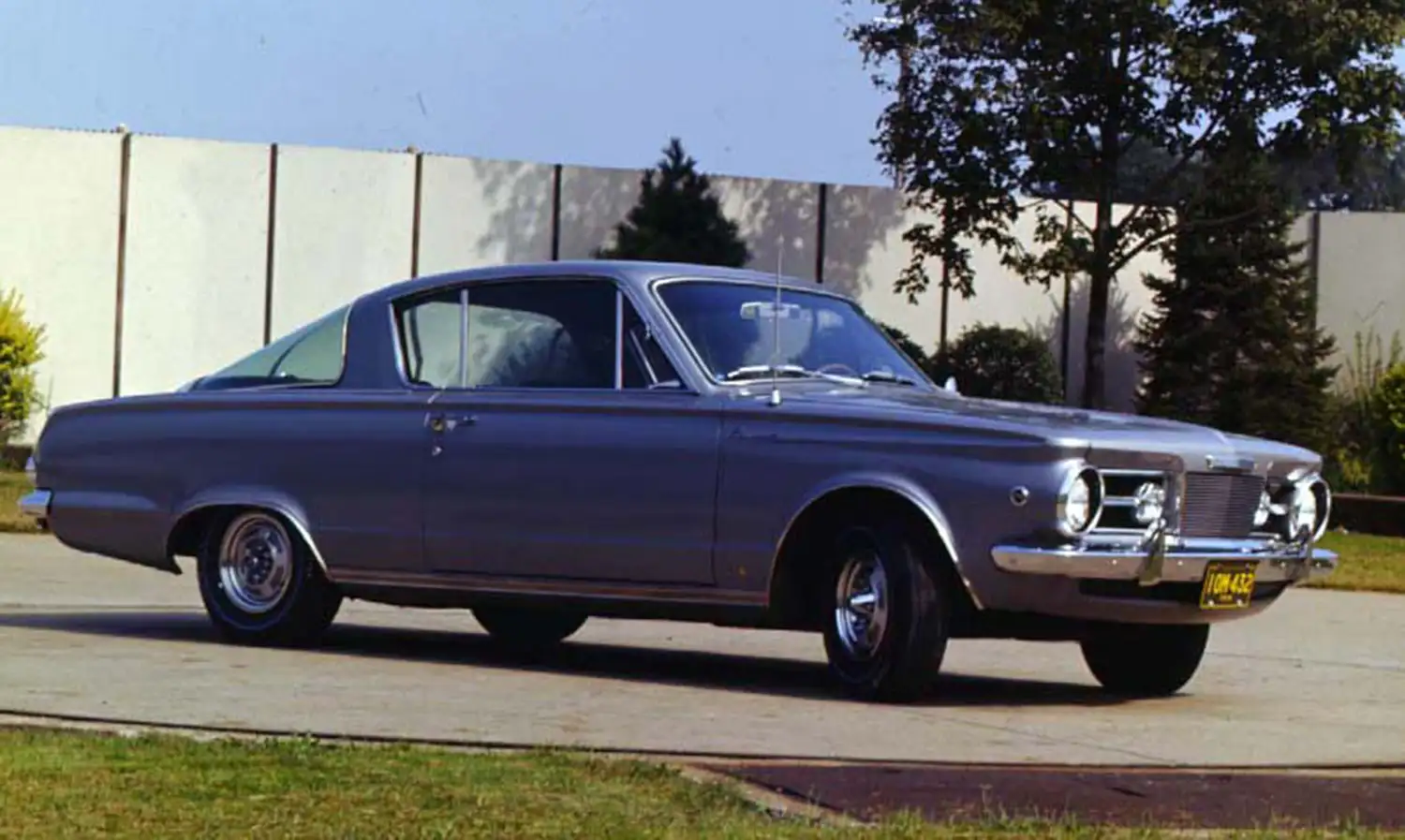
Legacy and Impact
The Plymouth Barracuda left an enduring legacy in the automotive world, revered by collectors and enthusiasts alike for its distinctive styling, powerful performance, and contributions to American muscle car culture. Despite the end of production in the mid-1970s, the ‘Cuda continues to command attention at car shows, auctions, and on the road, reminding us of a bygone era when muscle cars ruled the streets.
In conclusion, the Plymouth Barracuda stands as a testament to the golden age of American muscle, embodying the spirit of power, performance, and style that defined an era. From its humble beginnings as a compact coupe to its evolution into a high-performance legend, the Barracuda continues to captivate automotive enthusiasts around the world.
This Article use tools from Chatgpt
